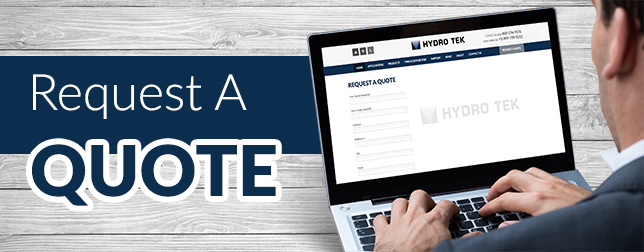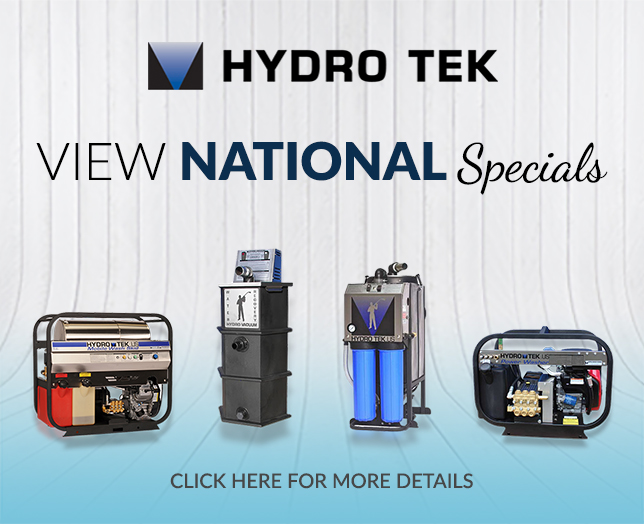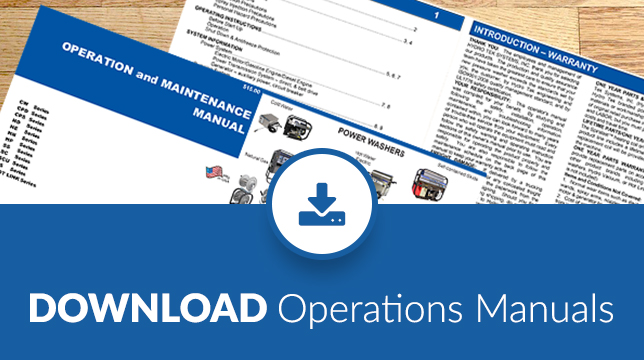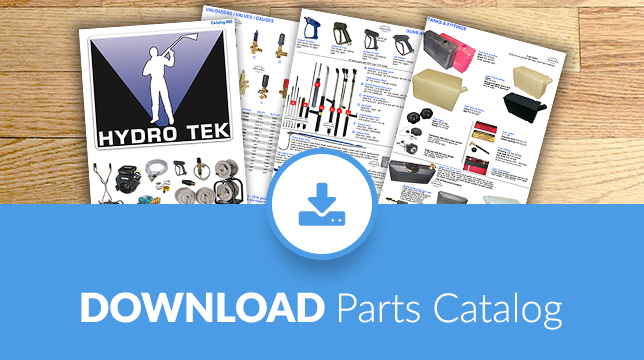In the event that a pressure washer is not to be used for an extended period of time, such as winter storage, store in a heated space or anti-freeze the unit.
Pressure washers with a float tank: With water source off, run the machine until the float tank is near empty. Fill the float tank with 50% mix of water and anti freeze and run until anti freeze appears at the high pressure outlet. Cycle gun a couple of times to include bypass loop in the flow. If unit includes an air blow out device it may be blown out with compressed air in addition to using the anti freeze solution. Check & drain any water supply filter housings that may have been overlooked.
Direct feed pressure washers(no float tank): Use approximately a 5 ft garden hose to draw the anti freeze mix from a bucket or blow out the pressure washer with compressed air until only air and no water is discharged. Blow out bypass loop also to reduce risk of water return to the pump head area.
Fuels: Use aftermarket fuel stabilizers for fuels. To prevent carburetor problems shut off fuel to engine and run until carburetor fuel bowl is depleted. Remember to turn key switch off.
Battery: Disconnect 12V battery terminals. Negative side should be sufficient to reduce long-term battery drain. For your pressure washer trailer system, consider using blocks to support the tongue weight and possibly even help support the weight over the tires to reduce risk of tire damage.
Cover: Protect your pressure washer from rain & snow by using a tarp or other sort of cover. Confirm exhaust pipes are not in a position that will allow water intrusion into the engine.
Click here to find Factory Authorized Pressure Washer Repair & Service Centers near you.















